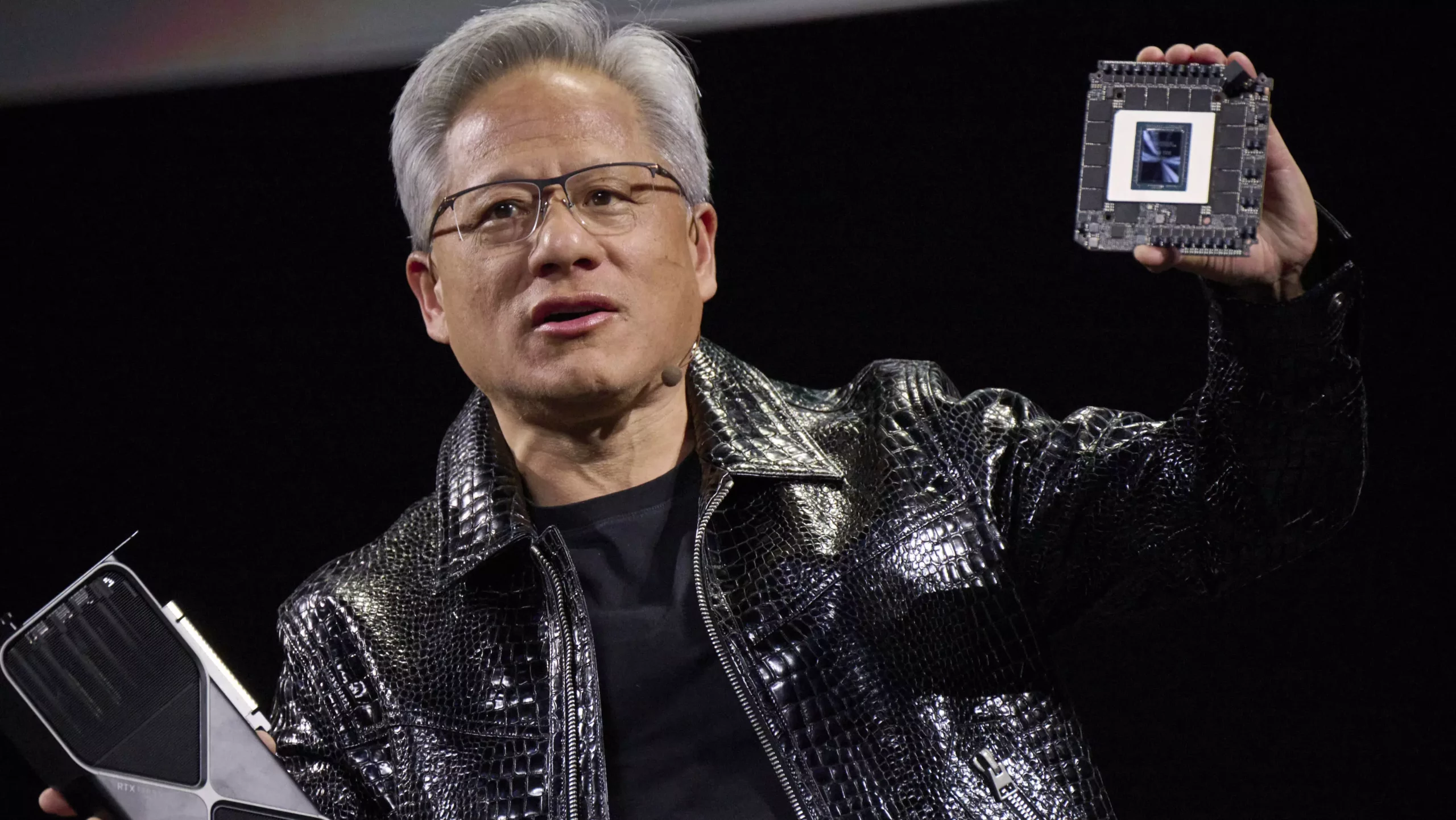In the contemporary tech landscape, the intersection of geopolitical dynamics and big business is heartily contested. With immense pressure on global tech ecosystems, the question arises: how does nationalism intertwine with technological innovation? Jensen Huang, the CEO of Nvidia, vocalizes a critical perspective on this issue. His recent commentary concerning President Trump’s proposed modifications to chip export regulations reflects a significant paradigm shift. Huang is advocating for a more lenient stance on export controls tied to AI technology, emphasizing that a rigid framework could stifle innovation and hinder America’s competitive edge in the AI sector.
The backdrop of Huang’s statements cannot be understated; they come against the recent introduction of the Framework for Artificial Intelligence Diffusion, which aims to classify countries into distinct groups based on their access to American chip technology. At face value, such policies seem pragmatic in a polarized world, but Huang’s insights suggest they might impoverish the global flow of technology. He underscores the need for a more harmonious approach, arguing that America must lead the charge in the diffusion of its AI advancements. The irony, however, is palpable: while advocating for American superiority, he inadvertently raises questions about the true meaning of ‘American-made’ in an era of global supply chains.
The Dilemma of Competition and Collaboration
Huang points to a pressing dilemma in artificial intelligence — the so-called AI arms race with China. This is not merely a race for technological supremacy but a contest that has profound implications for economic power, national security, and global influence. With Chinese firms like Huawei presenting formidable competition, Huang advocates for a strategic enhancement in the global rollout of American AI technologies. Yet herein lies the crux of the issue: should the U.S. be protective about its innovations, or should it embrace collaboration and open channels of exchange?
An enhanced focus on free exports could allow American technology to permeate global markets, potentially accelerating innovation and fostering collaboration on a broader scale. Nevertheless, practicality suggests that such openness could easily enable critical technology to slip into the hands of geopolitical rivals, a phenomenon that has been observed before. This duality presents a significant challenge to U.S. policymakers: they must balance national security interests with the drive for economic competitiveness.
America’s Tech Landscape: The Mirage of Nationalism
While yellowing bursts of nationalism often dominate discussions around tech exports, we must reconsider what it truly means to brand technologies as “American.” Nvidia exemplifies a modern tech titan that operates on a global stage; a significant portion of its chips is produced by TSMC, located in Taiwan. This raises a convoluted question regarding the implications of branding and ownership.
When Huang discusses “accelerating the diffusion of American AI technology,” we must critically assess whether this narrative holds water. Nvidia, despite its centrality in American tech, is heavily dependent on international collaborations and productions that outstrip narrow definitions of ‘American-made.’ The framing of export discussions often simplifies complex realities into catchy slogans that fail to account for the nuanced nature of global supply chains.
This disconnect can lead to a misguided emphasis on manufacturing regions over the essential collaborative nature of technology. It is, perhaps, an idealistic view that we can maintain strict barriers around innovation while retaining our position as global leaders. The truth is that many successful companies thrive on a deep network of partnerships that extend across borders.
Profit Motives Versus Innovation: The Bottom Line?
In the grand tapestry of policy discussions around AI technology, economic motivations often punctuate the rhetoric of competitiveness. Huang’s push for the export of chips and AI technology, while couched in terms of preserving American innovation, ultimately aligns with Nvidia’s business interests. Enhanced export freedom promises increased profits for the company, which may concurrently translate into a more significant tax revenue for the U.S. The profound question at stake lies in whether these motivations align with the greater goal of national security and technological hegemony.
As we sift through the dialogue surrounding AI exports, we must confront the potential risks associated with prioritizing short-term profits over long-term strategic interests. The narrative that increased exports will universally benefit America assumes that these technologies will not enhance the capabilities of international competitors. If left unchecked, this could lead to a backfire, with American innovations being utilized to challenge U.S. interests worldwide.
As we plunge deeper into the realities of the AI race, both the promise and perils of policy will require careful navigation. Huang’s insights invite a critical discourse on the balance between innovation, nationalism, and global collaboration. Each decision made today will reverberate through the corridors of power and influence, shaping not just the tech landscape but also the societal structure and international relationships of the future.

